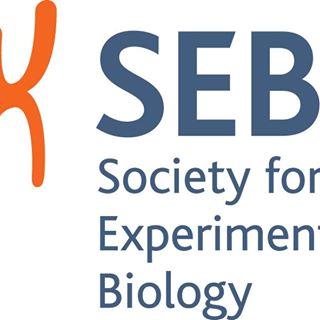
Exercise may have therapeutic potential for expediting muscle repair in older populations
New research in The FASEB Journal suggests that the ability of muscles to repair themselves, while impaired during the aging process, can be effectively rescued with a diligent and regular exercise routine
Federation of American Societies for Experimental Biology
Here's another reason why you should hit the gym regularly as you grow older: A new report appearing online in The FASEB Journal shows that regular exercise plays a critical role in helping muscles repair themselves as quickly as possible after injury. For many mammals, including humans, the speed of muscle repair slows as they grow older, and it was once thought that complete repair could not be achieved after a certain age. This report shows, however, that after only eight weeks of exercise, old mice experienced faster muscle repair and regained more muscle mass than those of the same age that had not exercised. This is important, as it further highlights exercise's therapeutic potential.
"Exercise pre-conditioning may improve the muscle repair response in older adults to stimuli such as acute periods of atrophy/inactivity and/or damage," said Gianni Parise, Ph.D., a researcher involved in the work and Associate Professor in the Department of Kinesiology at McMaster University in Hamilton, Ontario, Canada. "Exercise-conditioning rescues delayed skeletal muscle regeneration observed in advanced age."
To make this discovery, Parise and colleagues used three groups of mice: old mice that were exercise trained, old mice that were not exercise trained, and young mice that were not exercised trained. In the first group, old mice were trained three days/week for eight weeks. The effect of exercise in aging muscle was measured by comparing the three groups of mice. Changes in muscle repair with aging were determined by injecting the old mice and young mice (neither group exercised) with snake venom commonly used to induce muscle injury in rodent studies. These mice were compared prior to muscle injury, 10 days following injury and 28 days following injury.
"This is a clean demonstration that the physiological and metabolic benefits of exercise radiate to skeletal muscle satellite cells, the adult stem cells responsible for repair after injury, even in senescent animals," said Thoru Pederson, Ph..D., Editor-in-Chief of The FASEB Journal. "Strikingly, even as the contractile elements of muscle tissue wane with age, the capacity of the satellite cells to respond to exercise cues is maintained. This aging-resistant retentive property could be added to the list of features that define adult stem cells," he added.
###
Submit to
The FASEB Journal by visiting
http://fasebj.
FASEB is composed of 30 societies with more than 125,000 members, making it the largest coalition of biomedical research associations in the United States. Our mission is to advance health and welfare by promoting progress and education in biological and biomedical sciences through service to our member societies and collaborative advocacy.
Details: Sophie Joanisse, Joshua P. Nederveen, Jeff M. Baker, Tim Snijders,
Carlo Iacono, and Gianni Parise. Exercise conditioning in old mice improves
skeletal muscle regeneration. doi:10.1096/fj.201600143RR ;
http://www.
